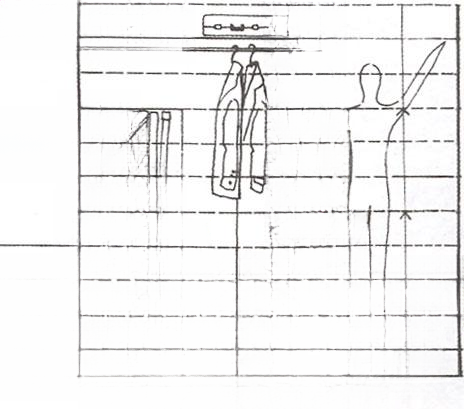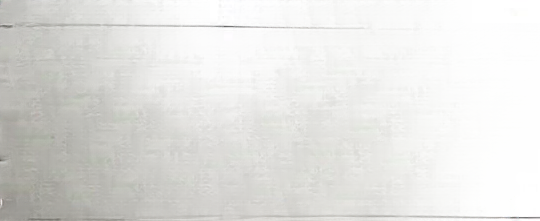Wardrobe, bookcase, wine cabinet decoration specifications and dimensions (musthave for home decoration)
Book storage size - the distance between different book sizes and the bookcase board
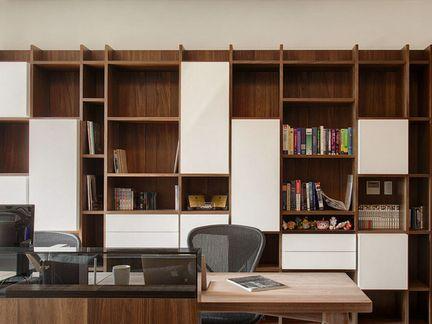
16K paper: 196.75*273cm and 212.5*292cm (16K) 208*300cm bookcase height 30cm
32-page paper: 130*184cm (small 32-page) 113*184 (long 32-page) 140*203 (large 32-page) 240*260cm Bookcase height 25cm
Large size: 300*330cm
Bookcase size Bookcase size includes not only the external width and height, but also the internal bookcase size, that is, the depth (thickness) of the bookcase shelves, the height of the partitions, the height of the drawers and other local dimensions.
Specifically, there are the following points:
Bookcase external dimensions:
Bookcase width: Generally, the width of a two-door bookcase is between 50 and 65 cm, and the width of a three-door or four-door bookcase is 1/2 to 1 times wider. Some corner bookcases and large bookcases can be more than one meter to two meters wide.
Bookcase height: The top of the bookcase should be as high as an adult can reach the books on the top shelf. Taking a two-door bookcase as an example, the height is generally between 120cm and 210cm. If it is a floor-to-ceiling bookcase with a particularly large book storage space, the size of the bookcase can reach three meters.
Bookcase internal dimensions:
Bookcase size Bookcase depth (thickness): According to the current general book specifications, the modern bookcase size is designed with a depth of 28cm to 35cm as the standard to meet the book collection needs of most people. Shelf height: There are also many bookcase sizes based on book specifications. The height of the shelf designed with 32-page books as the standard is 240mm-260mm; the bookcase size designed with 16-page books as the standard, the height of the shelf is mostly 280mm-300mm; the size of larger books is generally above 300mm-330mm, and the shelf can be set between 320mm-350mm.
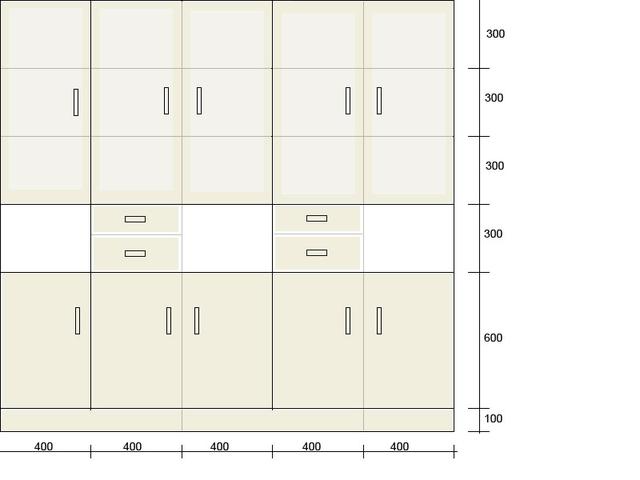
Wine storage in wine cabinet size, wine cabinet style
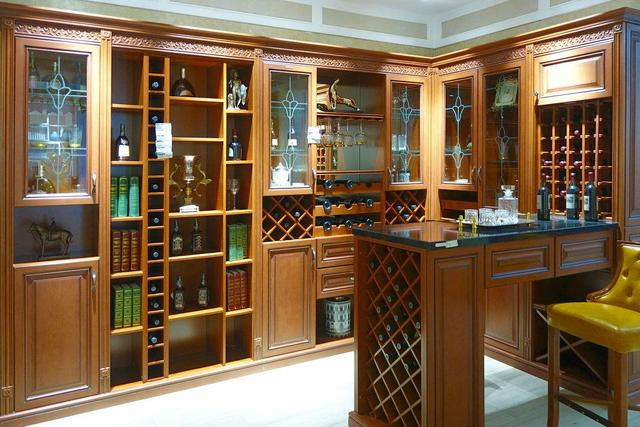
The most taboo thing about storing wine is the drastic change in temperature. If it is at room temperature when you buy it in the store, just keep it at room temperature at home. If you want to drink chilled wine, just freeze it before drinking. If you store wine in the refrigerator, it is only suitable to be stored in the vegetable room where the temperature change is small. The most ideal and long-term storage environment is to keep a constant temperature between 12 and 14 degrees Celsius, a humidity between 65% and 80%, and keep it dark. Generally, wine is placed in the basement. Keep it clean to prevent other odors from seeping into the wine.
There are many sizes of wine cabinets. Here are a few sizes of wine cabinets:
595*480*1610mm Storage capacity: 84 bottles/250ml
605*875*602mm Storage capacity: 54 bottles/250ml
598*605*1650mm Storage capacity: 90 bottles/250ml
595*600*970mm Storage capacity: 54 bottles/168L
Below is the size diagram of a general wine cabinet
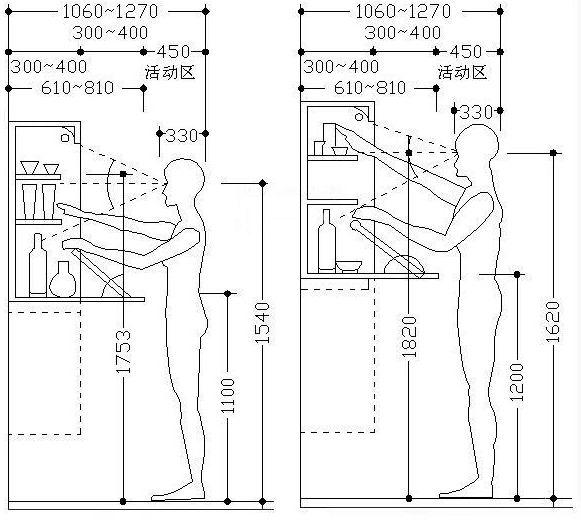
The wine cabinet needs to consider the height of the person, the activity area, the viewing angle and other related issues
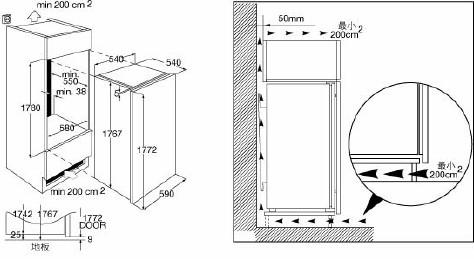
Built-in wine cabinet diagram and basic dimensions
Clothing storage methods and related dimensions (walk-in closets, quilts, clothes, mats, etc.)
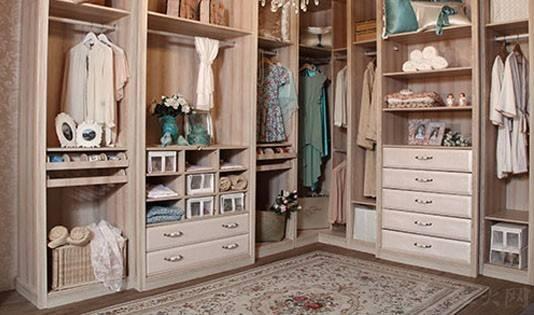
(1) The installation height of the clothes rail should be the owner's height plus 20 cm. The distance from the top of the clothes rail to the top of the cabinet is 40mm to 60mm.
(2) The depth of the overall wardrobe is generally 55-60 cm, and 60 cm is better.
(3) The best width for a swing door is between 45 and 60 cm, and the best width for a sliding door is between 60 and 80 cm;
(4) 140 cm is sufficient for hanging coats; the longest robe is less than 140 cm, a long down jacket is 130 cm, and a suit is only 120 cm long after being stored in a bag. This height should be between 140 and 160 cm
(5) The height of hanging tops should be between 85 and 95 cm;
(6) The height of hanging pants should be between 80 and 90 cm;
(7) The height for storing quilts is relatively flexible, about 30 cm is enough; this space is mainly used to store quilts that are not used during the change of seasons, and is usually at the top of the wardrobe.
(8) The height of the shoe box can be designed according to the height of two shoe boxes, and it is best to control it within 25-30 cm;
(9) The height for storing backpacks is more flexible. It should be considered from the perspective of the overall aesthetic design of the wardrobe. Try to meet the size requirements of other spaces and make it "flush" as much as possible. This space should be consistent with the size of the space for storing quilts.
(10) When installing the clothes rail, please note that the clothes rail must be centered based on the actual depth of the wardrobe and must be 4-6 cm away from the board above.
Hanging
| Men's | Length range mm | Women | Length range mm |
| Jackets, coats, shirts | 775--1000 | Shirt, Jacket | 625--875 |
| Pants folded on hangers | 725--925 | Skirt, half coat, short coat | 775--1075 |
| Full length pants | 1175--1325 | Dresses, long coats, short robes | 1200--1375 |
| Coat and robe | 1200--1350 | Long dress, long evening gown | 1525-1700 |
In addition to hanging, there are four other ways to store clothes: stacking, placing, and rolling.
General clothes can be stacked, and clothes that are not often used and are not afraid of wrinkles can be stored upside down, but not too many, preferably no more than 6 pieces. Bedding is mainly stored in stacks.
Suitable clothes for rolling include T-shirts, sportswear, casual pants or jeans. Small items such as ties, socks, underwear, etc. can also be rolled into a round shape and stored in a dedicated drawer.
Luggage, hats, shoes, and other items are more suitable for placement and require separate storage space.
A walk-in cloakroom should generally be more than 4 square meters to ensure ample space for activities. Regardless of the form, sufficient lighting must be ensured. It is best to choose a light with the same color as natural light for better results. Clothes are divided into zones according to the storage form. The basic storage form of the cloakroom can be divided into several areas according to storage needs, such as hanging, stacking, underwear, shoes, bags and other items.
Hanging: Dry-cleaned clothes should be hung in appropriate space according to length.
Stacking: stack ordinary clothes and bedding, determine the spacing between the layers according to their thickness, and place clothes that are afraid of pressure, such as shirts and ties, in layer drawers.
Underwear: It is best to have special drawers or cabinets for underwear and socks, and storage cabinets with pulleys, which can be integrated with the cloakroom and can be flexibly configured.
Shoe cabinet: clean the shoes and put them in the box, and adjust the location according to the season. In order to find them easily, it is best to distinguish the signs.
Others: Handbags, cosmetic bags, and bags for business trips and travel should be stored separately for easy access. Leaving space for other sundries can better keep the cloakroom tidy and convenient.
The walk-in closet is divided into three areas according to the human body structure, movement range, comfort and convenience of use, and each area has different functional areas. As shown in the figure below:
